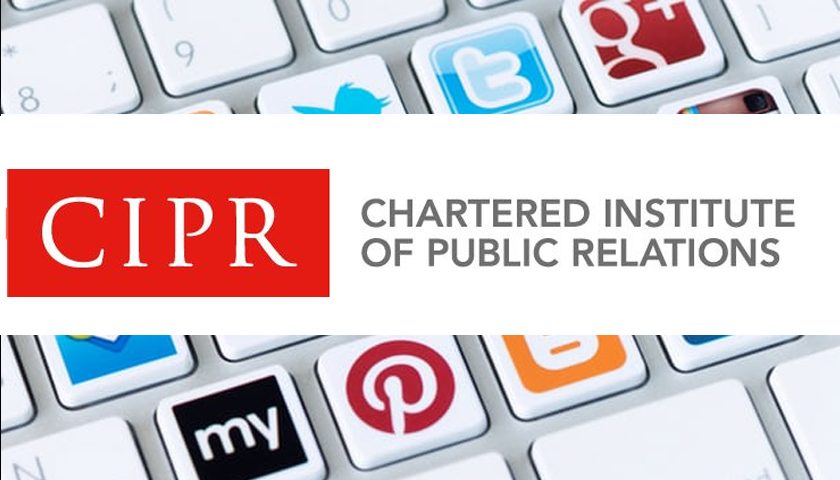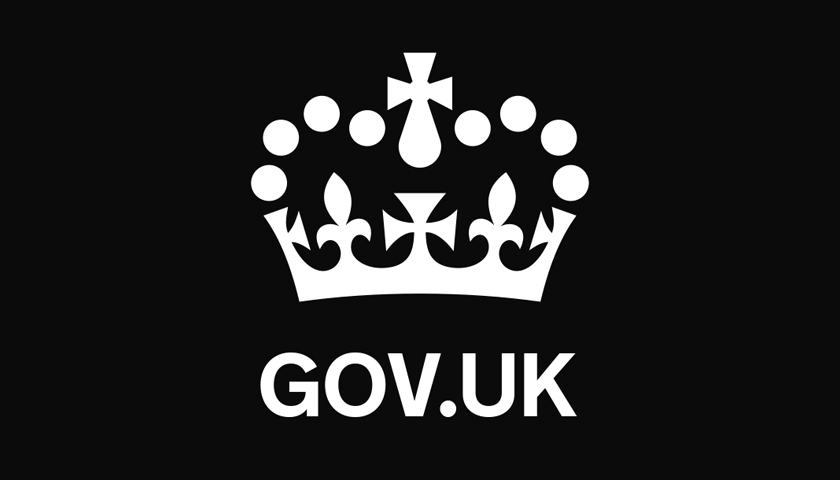The CIPR has partnered with the Government’s Centre for the Protection of National Infrastructure (CPNI) to deliver best practice communications guidance on the preparation and management of threats from hostile actors.
The 38 page guide features a communications toolkit designed to help PR professionals mitigate the harmful effects of terrorist incidents on brands, businesses and communities. The guidance encourages professionals to be wary of the diverse threats facing organisations; from left and right wing terrorism to cyber crime and hacktivism.
The document is informed by CPNI research based on interviews with 30 communications heads and security professionals from 24 organisations that have experienced a terrorist-related incident. The research found that the success of communication is often determined by the strength of security culture within the organisation. As a result, the guidance encourages PR professionals to align closely with the security function as part of crisis preparations.

The fear and horror we feel when people and places we work for or represent are targeted by terrorists has to be separated from the way we manage communication in a time of unique crisis. It demands a clear and calm response that demonstrates empathy and understanding for those affected by these tragic incidents.
It is imperative that we consider the operational and emotional needs of the organisation and its stakeholders, and allow sufficient time for planning and recovery. I’d like to thank the CPNI for working closely with the CIPR on the guide and hope that the lessons we’ve highlighted provide support and assurance to PR professionals across the UK.
The guidance will help organisations deploy communications to mitigate the harmful, and often longtail, effects of a terrorist incident on brand and business reputation, value and continuity. However, communications can start earlier in the process and be effective in helping to deter a terrorist incident in the first instance.
Agfora interviewed 30 comms professionals in high risk businesses; 13 had been directly involved in a major crisis. Although generally well prepared, they readily admit they could always do more. The assumption is that a terror related crisis should be treated like any other, but the research shows there are clear differences and demand for specific guidance. Participants shared their experiences with us, the lessons they learned and tips for fellow colleagues who might one day face such an incident.
The guidance marks the beginning of a closer relationship between the CPNI and the CIPR. The CIPR will publish a webinar on the guidance shortly and plans to host a series of workshops to educate professionals on protecting their organisations.


